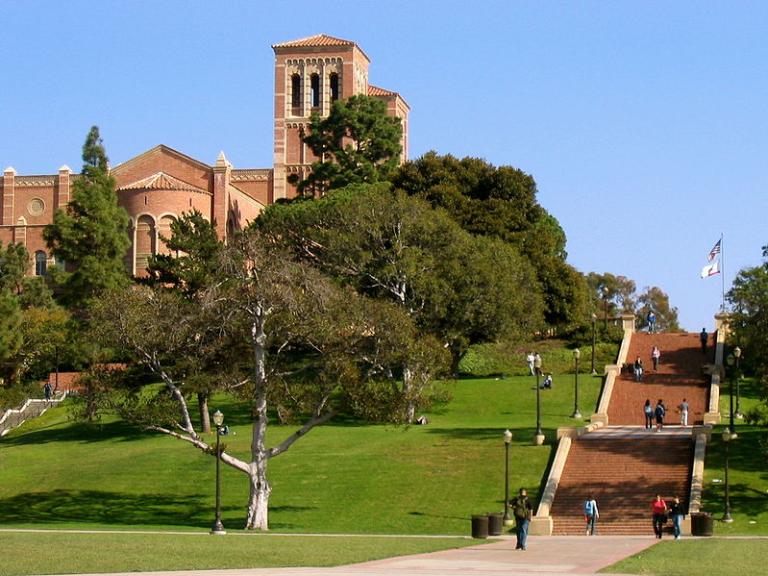
One day, when I was teaching the Gospel Doctrine (adult Sunday School) class in the old Mar Vista Ward of the Santa Monica California Stake, the bishop asked me to come to his office after church.
When I walked in and sat down, he told me that a small delegation of older sisters — two, or possibly three — had come to him to complain that I was teaching “secular humanism.”
At first, I was puzzled by what in the world they meant. I consider myself very much a “humanist.” I always have. But I’m a religious humanist, not a secular one. So what had upset these sisters?
Very quickly, though, I figured it out.
That day, I had taught a lesson about the book of Alma’s “Captain Moroni.” I had suggested that, a great warrior, he had possessed thumos (θυμός), “spiritedness,” of the kind ascribed to the “guardians” in Plato’s Republic. It’s a quality of passion, even of occasional righteous indignation, that makes for a fighter, a good soldier. But it’s not always ideal for diplomacy. And I cited two cases from Moroni’s biography where his temper had gotten in the way of what he himself was trying to accomplish:
- In Alma 54-55, Ammoron and Moroni set out to negotiate a prisoner exchange. Ammoron had proposed it, but Moroni had immediately seen that such an exchange would be in his and his people’s interest. Nevertheless, his response to Ammoron’s proposal was angry and indignant and, in the end, the exchange didn’t happen.
- In Alma 59-62, a fascinating exchange of letters occurs between Moroni, the chief field commander of the Nephite armies, and Pahoran, the chief Nephite judge, whose seat is in the capital city of Zarahemla. There had already been complaints from Moroni’s subordinate commanders about a lack of personnel and material support from the civilian authorities, and now Moroni himself writes to complain. It’s threatening to undo their military victories and weaken their defense of the Nephite people. At first, Moroni admits that he doesn’t know what is causing the problem. By the end of that very letter, though, his indignation on the rise, he’s suggesting that Pahoran is a traitor and is threatening to march against him. Pahoran isn’t a traitor, of course, and he responds magnanimously and, yes, diplomatically, to Moroni’s angry letter. Once again, though, we’ve seen Moroni’s thumos get the better of what Plato might have called his nous (νοῦς), his “reason” or “intellect.”
It’s plain that Mormon admires Moroni enormously. “Yea, verily, verily I say unto you,” he writes at Alma 48:17, “if all men had been, and were, and ever would be, like unto Moroni, behold, the very powers of hell would have been shaken forever; yea, the devil would never have power over the hearts of the children of men.” He even names his own son after the earlier Moroni.
But he provides us an honest account of a very great man who had human flaws.
I admire that. And it strengthens my confidence in the Book of Mormon. Moroni isn’t two dimensional, a stick figure, a simplistic caricature, a stained glass image of a saint. He’s a real and complex human being. The story in which he figures is a real historical account.
Account to be continued.












